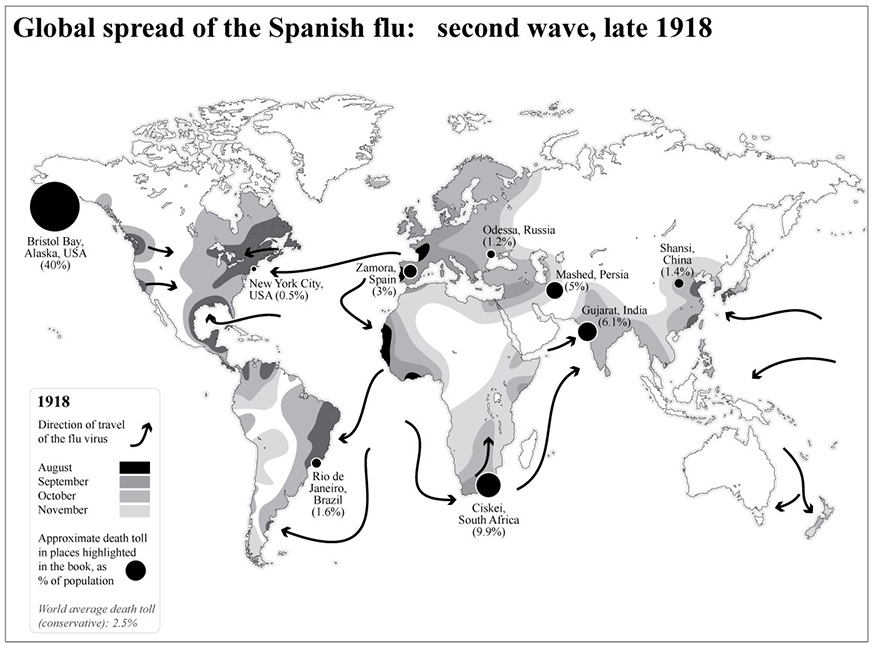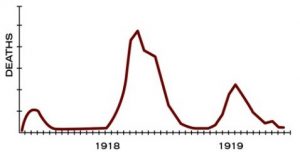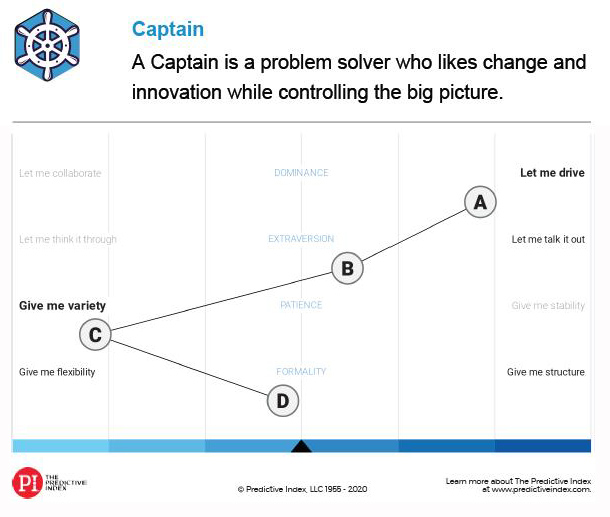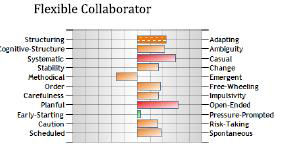Leveraging Existing Response Plans to Tackle COVID-19
By Jay Millen, Matt Comyns & Courtney Day
While the world continues to face the uncertainties surrounding the COVID-19 pandemic, corporate, academic, and government leaders are examining the long-range questions “what’s next?” and “how do we respond?” If your organization doesn’t yet have a pandemic response and recovery plan in place, it may be a critical time to take what is in place as a cyberattack or natural disaster response and recovery plan and leverage it as a foundation upon which to build a pandemic response and recovery plan.
Many of the elements that are essential to returning to normal operations – understanding the degree of impact, inventorying capability to respond and recover, and executing recovery actions – may be present in your existing response and recovery plans.
While they may require significant modification in some cases, they can offer a material head start on getting back to business as we progress through the downward curve to zero and potential re-emergence of the virus in 6 to 18 months.
We have taken two generic cyberattack or natural disaster response and recovery plans as a potential template for a pandemic response and recovery plan for accelerating and implementing with minor modifications in time-based order.
1. Analyze the initial impact on the business in its current state:
2. Recovery planning
3. Ramp-up planning
4. Steady state operations and potential recurrence (i.e., the question around the potential for another cyberattack or hurricane is not if, but when)
This is only a starting point to stimulate thinking in this area. Hopefully, it provides a foundational framework to begin planning and execution for the potential next generation of COVID-19.

Source: Pale Rider, Laura Spinney, 2017, and Nigel Hawtin, Hachette Book Group
The last global pandemic of this scale occurred with the Spanish Flu of 1918-19. An estimated one third of the world population was infected with the 1918 flu virus, resulting in at least 50 million deaths worldwide.
There were three different waves of illness during the pandemic, starting in March 1918 and subsiding by summer of 1919. The spread was tracked specifically to ocean-going freight and WWI Troop carriers traveling to continental Europe, South America, and the United States (see Pale Rider, Laura Spinney, 2017 Public Affairs).

Source: Centers for Disease Control and Prevention, National Center for Immunization and Respiratory Diseases (NCIRD)
The pandemic peaked in the U.S. during the second wave in the late 1918 – roughly six months after the initial occurrence. This highly fatal second wave was responsible for the majority of the U.S. deaths attributed to the pandemic.
With history as a guide, we must consider preparedness for a second and possibly third wave of the utmost importance. Given the 1918-19 spread, the time for leaders to prepare for the possibility of a similar recurrence with COVID-19 is now. Establishing a critical staffing and supply plan, emergency communications and operations center structure, and ramp- down/ramp-up plans will be essential to blunting the impact of additional waves. Again, taking the cyberattack or natural disaster response and recovery plan as a foundation for pandemic planning is critical.
Specific to pandemic response, organizations need to be thoughtful about repurposing staff, logistics, and manufacturing capabilities to critical needs in fighting the war on COVID-19. How we will feed, provision, and clothe front line healthcare workers will be the first level of support that all organizations need to consider. Fulfilling the needs of the general population at the second level will also be critical should additional waves become a reality. Isolation and social-distancing requirements, along with the use of enhanced personal protective equipment (PPE), may become the norm, and being prepared for such a scenario requires thoughtful planning today. The third level will be maintaining critical infrastructure with manufacturing, supply chain, and food production essential to all societies.
The magnitude of the impact on the workforce, dependents, and families is of a scale not seen since WWII, and reflecting on the planning and execution required for national and global mobilization is a critical part of our preparedness.
Leaders must consider the holistic impact of the COVID-19 pandemic on their leadership teams, their workforce, and their families when reviewing the current situation and future scenarios. Identifying current leaders and selecting new leaders who are most effective in dealing with uncertainty and complexity is a critical factor in organizational resilience moving forward.
There are a number of low-cost assessment tools available online and remotely that CEOs, Board Chairs, and leaders across the spectrum should consider deploying broadly now instead of solely during the hiring process. As organizations morph and change, this capability will be paramount in recovering and growing the business, organizational mission, or capability as we forge ahead.
We would like to bring your attention to two benchmark instruments that can identify leadership capability in dealing with uncertainty and complexity that Caldwell has used extensively, both in assessing leadership team fit and individual capability with both new hires and existing teams.
They are The Predictive Index’s Behavioral and Job Assessments, developed by PI and administered by Caldwell Analytics, and the Leadership Styles Indicator, developed by Somerville Partners and administered by NeoPsych Associates. They are validated tools that take from 7 to 45 minutes to administer online, Sample outputs as follow are relatively easy to interpret:


©Somerville Associates and NeoPsych Associates
The importance of being prepared and understanding the leadership capabilities of your team under stress cannot be overstated. The organization will prosper or flounder in times of crisis based on its leadership team’s ability to communicate in a positive and transparent manner, plan thoughtfully and with contingencies, and lead by example by rolling up their sleeves in challenging times.
Plan for the recovery now, the recurrence that will potentially occur, and the resilience required to survive the next as yet unwritten chapter in our economic, social, and personal histories.
Recommended reading on how the US won the logistics and supply chain fight of WWII includes:
The Arsenal of Democracy: FDR, Detroit, and an Epic Quest to Arm an America at War by A.J. Baime, Houghton Mifflin Harcourt 2014
Freedom’s Forge: How American Business Produced Victory in World War II, by Arthur Hermann, Penguin Random House, 2012
Mobilizing America: Robert P. Patterson and the War Effort, 1940-1945, by Dr. Keith Eiler, Cornell University Press, 1997
An Unknown Future and a Doubtful Present: Writing the Victory Plan of 1941 by Charles Kirkpatrick, Center of Military History United States Army, 1992
About the authors

Jay Millen
JAY MILLEN is the managing partner of Caldwell’s CEO & Board Practice and leads our Charleston office team. Working with publicly-traded and privately-held companies, Jay assists clients in senior-level recruitment and in the development of board and CEO succession plans as well as industry specific leaders at all levels in the natural resources and manufacturing sectors.

Matt Comyns
MATT COMYNS is the managing partner of Caldwell’s Cyber Security Practice and a member of the Stamford office. His focus is on recruiting chief information security officers and next-level-down top lieutenants in information security for large global corporations and fast-growing private companies, as well as cyber security consultants for leading professional services firms and top executives for cyber security technology companies.

Courtney Day
COURTNEY DAY is a partner in the Calgary office of Caldwell and a member of the Industrial Practice, focusing on partnering with clients to place senior executives in the energy and mining, manufacturing, utilities, infrastructure industries. She is passionate about understanding and evaluating the underlying business needs of each of her clients and has earned a reputation for building strong trusted advisor relationships with her candidates and clients across North America.
Click here to download the whitepaper.
Scott Ellyson, CEO of East West Manufacturing, brings decades of global manufacturing and supply chain leadership to the conversation. In this episode, he shares practical insights on scaling operations, navigating complexity, and building resilient manufacturing networks in an increasingly connected world.